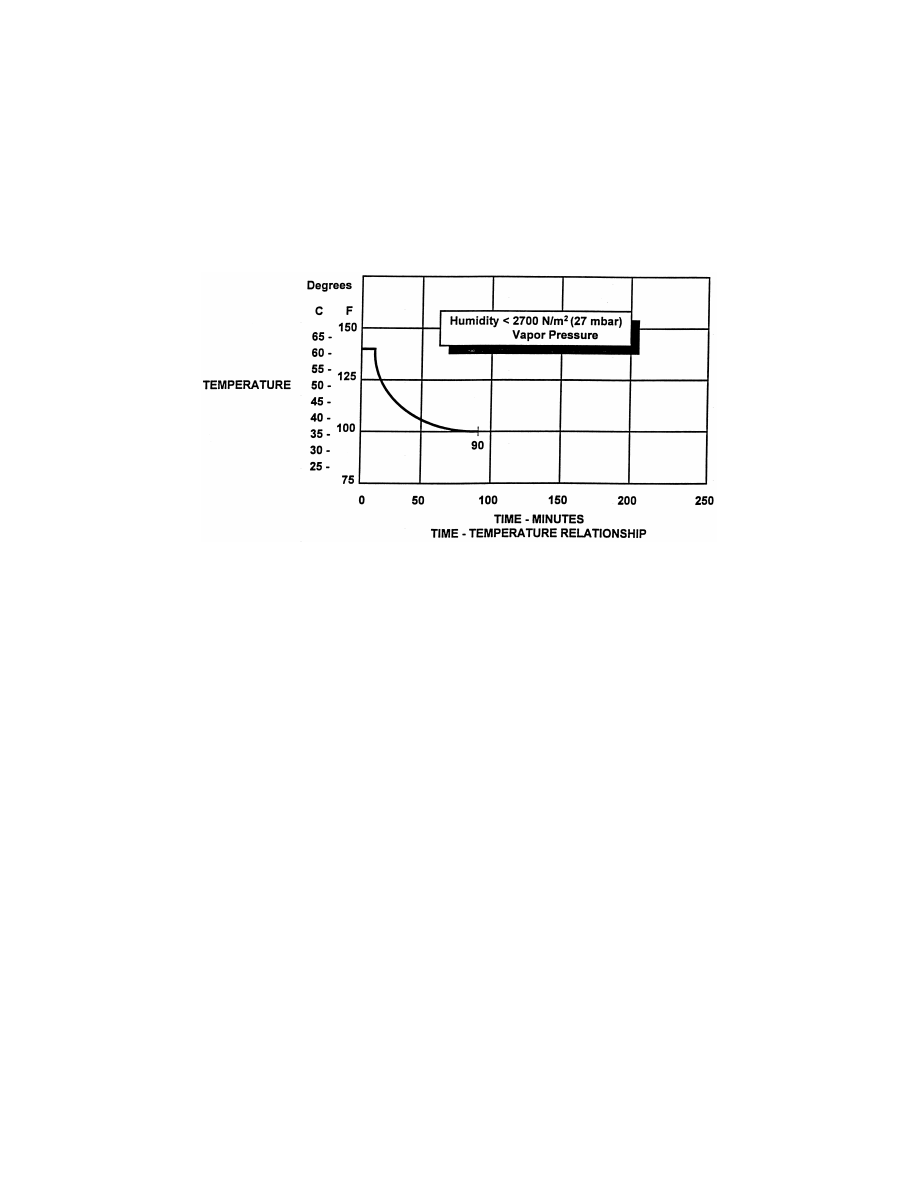
301
Federal Aviation Administration, DOT
§ 25.841
[Doc. No. 5066, 29 FR 18291, Dec. 24, 1964, as amended by Amdt. 25–41, 42 FR 36970, July 18, 1977;
Amdt. 25–87, 61 FR 28695, June 5, 1996; Amdt. 25–89, 61 FR 63956, Dec. 2, 1996]
§ 25.832
Cabin ozone concentration.
(a) The airplane cabin ozone con-
centration during flight must be shown
not to exceed—
(1) 0.25 parts per million by volume,
sea level equivalent, at any time above
flight level 320; and
(2) 0.1 parts per million by volume,
sea level equivalent, time-weighted av-
erage during any 3-hour interval above
flight level 270.
(b) For the purpose of this section,
‘‘sea level equivalent’’ refers to condi-
tions of 25
°
C and 760 millimeters of
mercury pressure.
(c) Compliance with this section
must be shown by analysis or tests
based on airplane operational proce-
dures and performance limitations,
that demonstrate that either—
(1) The airplane cannot be operated
at an altitude which would result in
cabin ozone concentrations exceeding
the limits prescribed by paragraph (a)
of this section; or
(2) The airplane ventilation system,
including any ozone control equipment,
will maintain cabin ozone concentra-
tions at or below the limits prescribed
by paragraph (a) of this section.
[Amdt. 25–50, 45 FR 3883, Jan. 1, 1980, as
amended by Amdt. 25–56, 47 FR 58489, Dec. 30,
1982; Amdt. 25–94, 63 FR 8848, Feb. 23, 1998]
§ 25.833
Combustion heating systems.
Combustion heaters must be ap-
proved.
[Amdt. 25–72, 55 FR 29783, July 20, 1990]
P
RESSURIZATION
§ 25.841
Pressurized cabins.
(a) Pressurized cabins and compart-
ments to be occupied must be equipped
to provide a cabin pressure altitude of
not more than 8,000 feet at the max-
imum operating altitude of the air-
plane under normal operating condi-
tions.
(1) If certification for operation
above 25,000 feet is requested, the air-
plane must be designed so that occu-
pants will not be exposed to cabin pres-
sure altitudes in excess of 15,000 feet
after any probable failure condition in
the pressurization system.
(2) The airplane must be designed so
that occupants will not be exposed to a
cabin pressure altitude that exceeds
the following after decompression from
any failure condition not shown to be
extremely improbable:
(i) Twenty-five thousand (25,000) feet
for more than 2 minutes; or
(ii) Forty thousand (40,000) feet for
any duration.
VerDate Sep<11>2014
12:50 Apr 30, 2019
Jkt 247046
PO 00000
Frm 00311
Fmt 8010
Sfmt 8010
Y:\SGML\247046.XXX
247046
ER05JN96.007</GPH>
spaschal on DSK3GDR082PROD with CFR